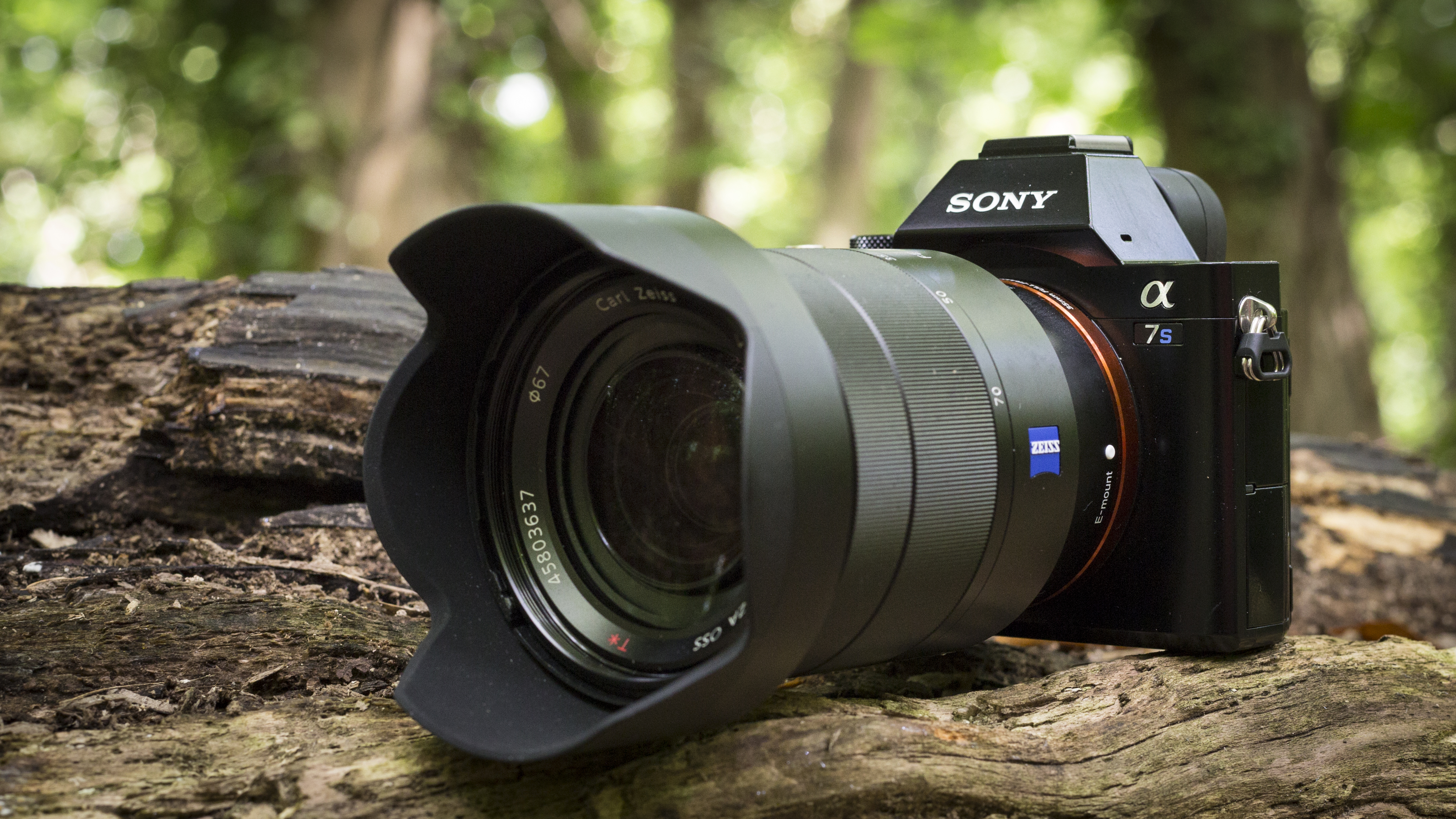Why you can trust TechRadar
Thanks to it relatively high price and low pixel count in comparison with the Sony A7 and Sony A7R, I think that the A7S is unlikely to prove hugely popular with enthusiast photographers. However, it could be very popular with enthusiast and professional videographers who want to build a rig around a small camera, and wedding photographers who will appreciate its low-light capability and rarely need to produce prints over A3 size.
These users will find the camera able to deliver high quality images and video footage in a wide range of situations. However, to really get the best from the A7S's video capability, it needs to be part of a system that includes an external recorder so that 4K footage can be saved. Users will also need to experiment with the range of video controls to create a look that they like, or one that's suitable for grading post-capture.
The A7S also benefits from having the same lens mount as the higher resolution A7 and A7R, which means that professional users who invest in the range can choose which model to use based on the shoots requirements – low-light capability (A7S), maximum detail resolution (A7R) or a more responsive al1-rounder (A7).
We like
Like the A7 and A7R, the A7S feels very comfortable in the hand and it's pleasant to carry and use over long periods of time. The degree of customisation that's available with the camera is also impressive and it allows users to optimise the controls for the way they like to shoot.
Videographers will also love the degree of control available via the Picture Profile options and will spend lots of timer tinkering to find the perfect set-up.
Image quality is also high, although it pays to shoot raw files to have the maximum flexibility with colour, brightness and dynamic range.
We dislike
My niggle with the LCD occasionally not activating after the camera was lowered from my eye is a concern; I was unable to find a specific cause or replicate the problem, it just happened on a few random occasions. If other users have a similar experience, we can hope for a firmware upgrade. It would be nice if the occasional slight delay to the EVF activating could also be rectified.
As we have said before, it would be nice if Sony could put a touch-sensitive screen on a camera higher up its CSC range. At the moment it sees this as something that's only of interest to more novice photographers. However, it can speed up making settings changes and setting AF point – although I'd want it in conjunction with the same degree of button and dial controls to allow flexibility in the way the camera is used.
It also a shame that the screen is a tilting device rather than a fully articulating unit, as this would be of much more use when shooting upright format images.
Our usual complaint that the Picture Effects can only be used in JPEG mode and not when shooting raw files is less of an issue with a camera that is aimed at videographers and pros who are more likely to apply effects post-capture. But I can't help mentioning it.
It would be nice if Sony UK and Australia could recognise that a second battery is pretty essential, as Sony USA seems to have done.
Verdict
Nikon told us for years that 12 million pixels was 'enough'. But as technology developed and commercial pressures came to bear, it increased the pixel count offered by its SLRs to the point that it introduced the first 36Mp full-frame SLR, the D800, recently replaced by the Nikon D810.
While the D800 is an excellent camera, capable of resolving a huge amount of detail at lower sensitivity settings, its users have to be prepared to follow all the 'rules' about using tripods, mirror lock-up and so on, to get the benefit from all of those pixels. In addition, they have huge files to deal with.
It's also interesting to remember that Nikon has stuck with a 16Mp sensor for its range-topping D4S and the retro-styled Nikon Df. This and the popularity of other 16Mp cameras like the Fuji X-T1, X-E2 and Olympus OM-D E-M1, E-M5 and E-M10 suggests that photographers now realise there's much more to a camera than its pixel count – and a high count can bring its own limitations.
So where does that leave the Song A7S? Well, it's an excellent camera, but still it's one that has limited appeal. The average enthusiast is usually less concerned about low light performance and high sensitivity settings than pros who have to shoot in gloomy conditions.
A professional wedding photographer, for example, might like it for its low light capability when shooting in churches and candle-lit receptions, but they are also likely to carry an A7 to enable them to take larger images (and therefore sell more expensive large prints) when shooting outdoors.
Videographers will also find it very appealing and a strong competitor for the Panasonic GH4, but one that allows greater control over depth of field thanks to its larger sensor.
